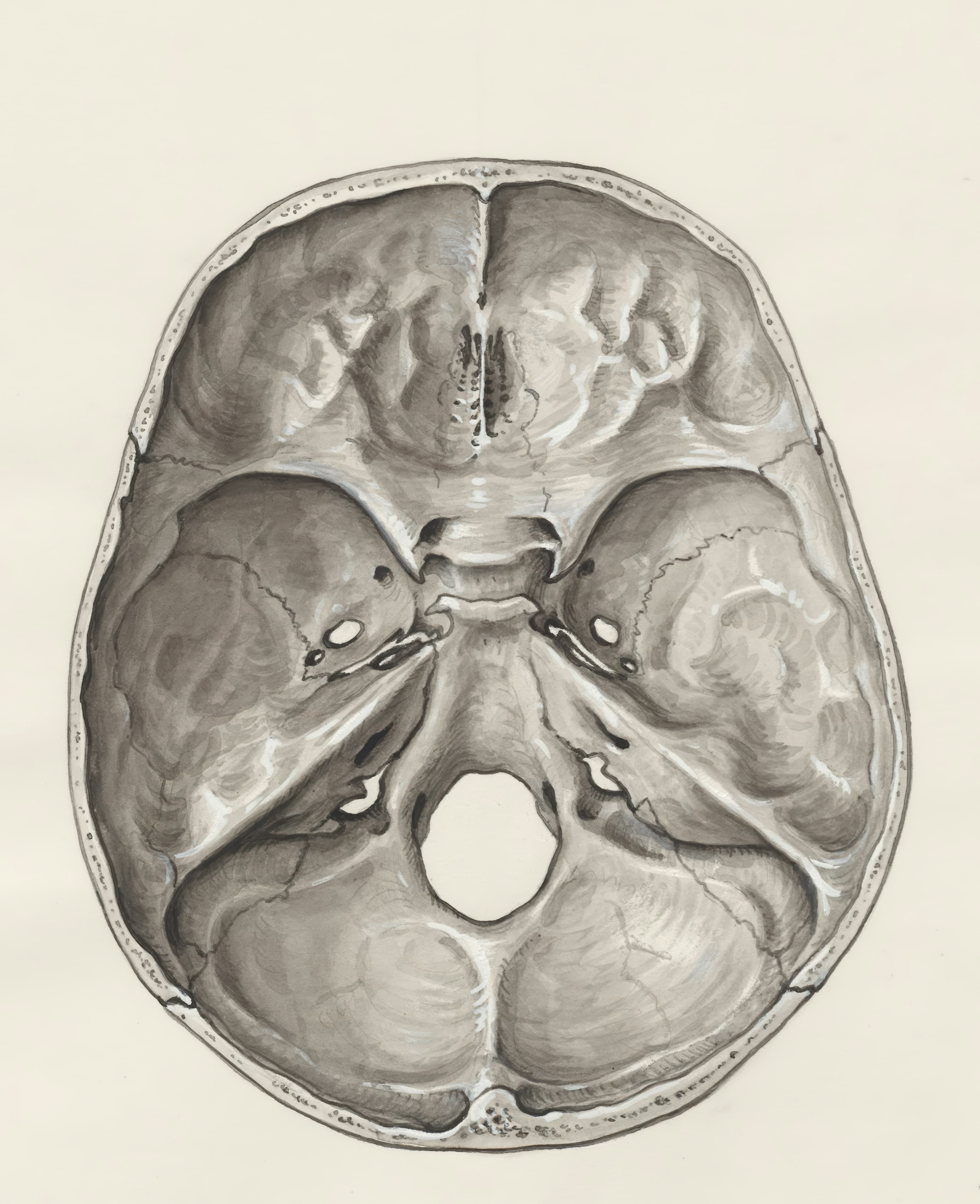An Introduction Chia seeds are the edible seeds of the Salvia hispanica plant, which is a member of the mint family. They are native to Mexico and were a staple food for the Aztecs and Mayans. Chia seeds are tiny, oval-shaped seeds that come in various colors, including black, white, and gray. They are a rich source of omega-3 fatty acids, fiber, protein, and various essential minerals such as calcium, magnesium, and phosphorus. Due to their high nutrient content, chia seeds are considered a superfood and have gained popularity in recent years as a healthy addition to one's diet. These seeds can be consumed whole, ground into a powder, or mixed with liquids to create a gel-like consistency. They have a neutral taste, making them versatile and easy to incorporate into a wide range of dishes, including smoothies, yogurt, oatmeal, and baked goods. Because of their many health benefits, chia seeds have become a popular choice for those seeking to improve their overall nutritional intake.
Tracing Back the History of Chia Seeds
Chia seeds have been used for their nutritional and medicinal benefits for centuries. This section offers a brief history of chia seeds, from their use in ancient cultures to their modern-day popularity as a superfood.





